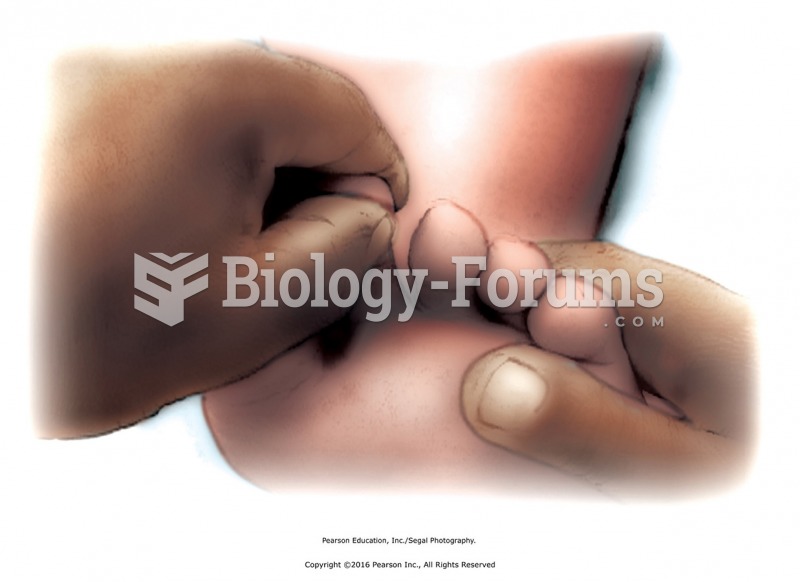This topic contains a solution. Click here to go to the answer
|
|
|
Did you know?
The strongest synthetic topical retinoid drug available, tazarotene, is used to treat sun-damaged skin, acne, and psoriasis.
Did you know?
Adults are resistant to the bacterium that causes Botulism. These bacteria thrive in honey – therefore, honey should never be given to infants since their immune systems are not yet resistant.
Did you know?
Thyroid conditions may make getting pregnant impossible.
Did you know?
In 1864, the first barbiturate (barbituric acid) was synthesized.
Did you know?
The immune system needs 9.5 hours of sleep in total darkness to recharge completely.







